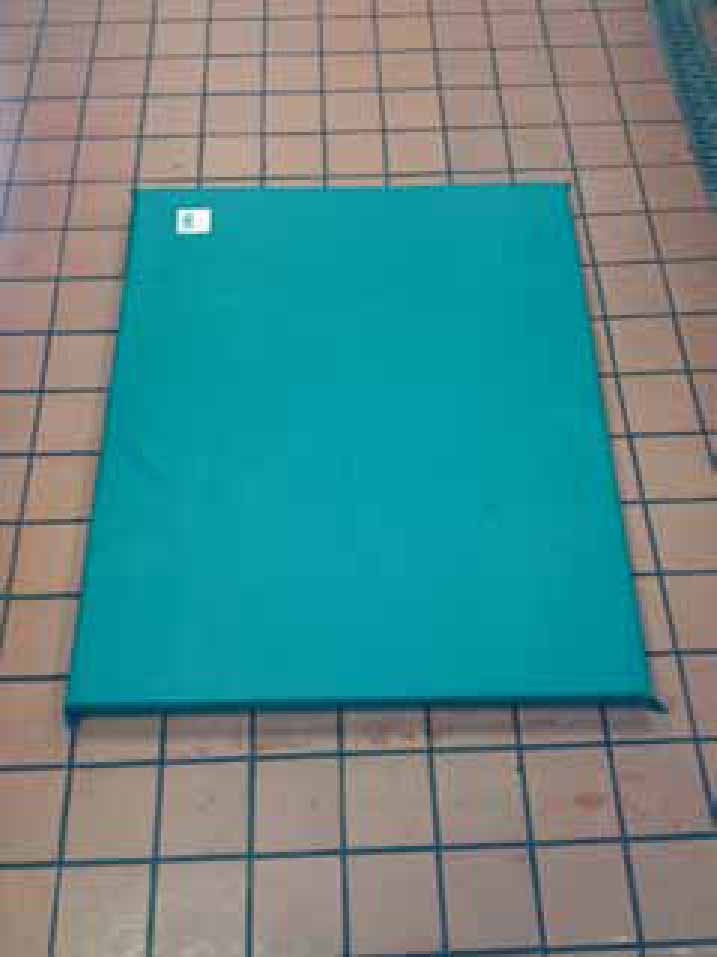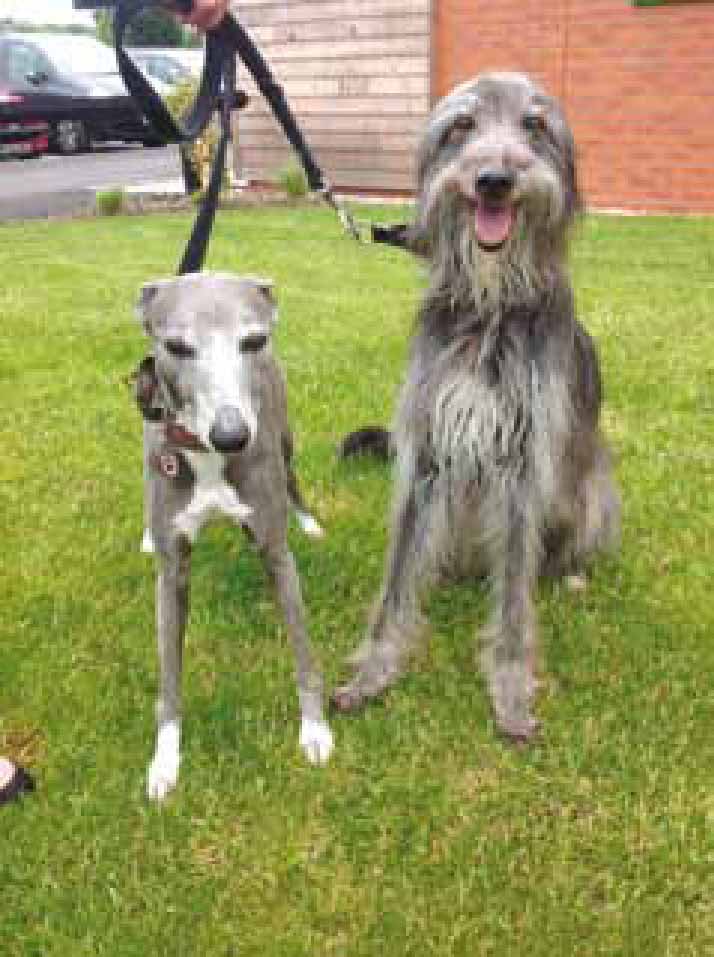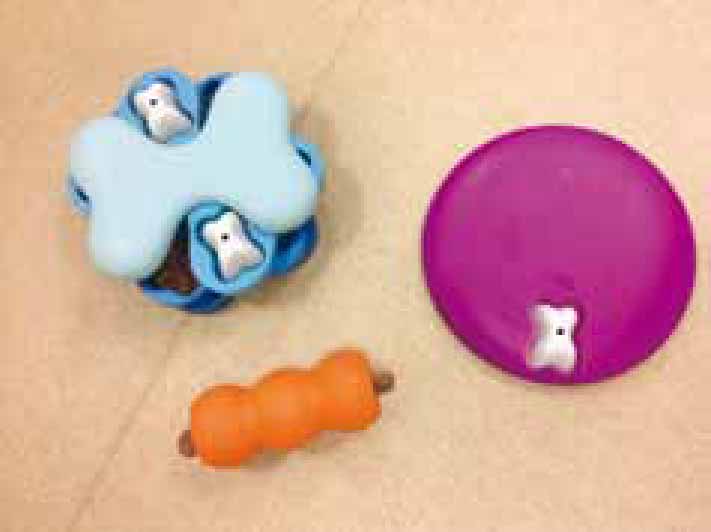The question of what is quality of life (QoL) is a deep philosophical matter that has been debated since ethics began (Yeates and Main, 2009). The World Health Organisation (WHO) (1995) defined the concept of human QoL to include an individual's perception of their position in life, including the context of culture, their value systems, goals, expectations, standards and concerns. QoL is often attributed to physical health alone; the WHO definition makes explicit the importance of other factors in determining an individual's perception of their general ‘enjoyment of life’.
As animals are incapable of ‘individual perception’, this significantly complicates matters when attempting to define their QoL (Niessen, 2011). Yeates and Main (2009) suggested animal QoL is best approached by first deciding what is important for the animal, and second by working out what can be assessed for use in decision making. This requires a combination of assessing those qualities of life from the animal's point of view and the assessment from the observer's point of view. Animal QoL includes the ‘feelings’ of the animal which can be broadly classified as pleasant or unpleasant. Using the analogy of balance scales, QoL can be improved by increasing the pleasant feelings and decreasing the unpleasant ones.
Yeates et al (2011) stated it was important to remember, however, that the ways in which animals are kept will also determine their QoL. Inappropriate nutrition, environment or treatment can lead to feelings of hunger, discomfort, pain or boredom. Conversely, opportunities for exercise, company and interactions can lead to pleasurable experiences (Yeates and Main, 2009).
A number of formal, objective QoL assessment scales have been formulated to help determine QoL in veterinary patients and their use is advocated for veterinary palliative care patients. It is beyond the scope of this article to discuss such scales however interested parties are directed to the work of Yeates and Main (2009).
Discussions about QoL should certainly not wait until an animal is approaching death however. Many owners of ageing dogs often unreflectively evaluate their dog's QoL based on pre-reflective empathy and intuition along with their first-hand experience of their companion (Yeates and Main, 2009). Therefore the veterinary team and client should partner to consider the current QoL of ageing canines and identify ways in which this can be maintained as the dog progresses through his senior years.
Some practical interventions that may improve the QoL of ageing canines in the home environment, along with the use of nutritional supplements, will now be discussed.
Minimising joint pain
Osteoarthritis (OA) is the most common chronic musculoskeletal disease and causes lameness in dogs (Henrotin et al, 2005). The therapeutic management of OA in dogs has tended to be dominated by the use of non-steroidal anti-inflammatory drugs (NSAIDs), however NSAIDs can induce serious adverse effects; their prolonged use is not advocated in the elderly patient (Henrotin et al, 2005). Such side effects include gastrointestinal irritation, renal toxicity and interference with haemostasis (Bergh and Budsbergh, 2005).
While analgesia remains the mainstay of treatment for OA, there is increasing discussion regarding the role of nutraceuticals in the support, treatment and management of OA. Nutraceuticals are nutrients believed to elicit pharmacological effects; common examples of this class of compound include glucosamine (GS) and chondroitin sulphate (CS). GS is a glycosaminoglycan which is a component of the extracellular matrix of joint cartilage. Healthy chondrocytes are able to synthesise glucosamine however this ability is lost in dogs affected by OA (Anderson, 1999). CS is an endogenously produced polysaccharide found in the joint cartilage matrix, which Laflamme (2012) suggested works synergistically with GS to reduce inflammation and slow cartilage deterioration in OA.
Anecdotally, there is evidence to support an improvement and slowing down of agerelated joint space narrowing along with increased range of mobility and pain reduction in dogs receiving oral GS and CS, however limited scientific study has been undertaken in the veterinary field to date. Sanderson et al (2009) undertook a systematic review of OA and concluded there was moderate evidence for the effectiveness of nutraceuticals in treating the disease but stated that further high quality studies were required to support this. This is in congruence with Skeldon (2014) who stated that a great number of owners reported such supplements had made a positive difference to their dog's condition, however as yet there is little peer-reviewed published literature to support their use.
There is however published evidence to suggest that the use of GS and CS in human arthritic patients has slowed down joint space narrowing in the patella and significantly improved the clinical signs of OA (Jerosch, 2011). It is important to note however that all positive results for the use of GS and CS were obtained with particular preparations containing these substances and the positive effects should not be extrapolated to over-the-counter human supplements which are readily available from supermarkets and pharmacies, as no guarantee can be given for the content, pharmacokinetics and pharmacodynamics of such products (Henrotin et al, 2005). A number of veterinary nutraceuticals are available for the management of OA in dogs including Synoquin® (VetPlus Ltd) and Seraquin® (Boehringer Ingelheim) and their use is advocated for veterinary patients.
Commercial diets containing nutraceuticals are also available for dogs with OA. A common component of such diets is greenlipped mussel (GLM) extract. GLM extract contains glycosaminoglycans, omega-3 fatty acids, amino-acids, vitamins and minerals. There is much anecdotal and some published evidence to show the use of GLM extract can decrease some of the clinical signs of OA, most notably joint pain and swelling. Bierer and Bui (2002) stated that these signs may be alleviated in as little as 6 weeks when dogs are fed diets incorporating GLM extract. Their study, however, did not demonstrate any difference in joint crepitus or range of motion between supplemented and unsupplemented dogs. As with GS and CS, further research is required into the use and potential further benefits of this compound.
Environmental management
Besides the use of analgesics and supplements, environmental management and modification can provide some easy ways for clients to enhance the quality of life of the ageing dog's everyday world. Downing (2011) suggested comfort-driven home modifications are limited only by the imagination, and include such things as providing an appropriate sleeping surface based on the dog's individual needs, with orthopaedic mattresses especially beneficial for dogs with OA (Figure 1), raising food and water bowls to between shoulder and elbow height to avoid excessive strain on the cervical vertebrae, and providing non-slip surfaces, blocking entrances to stairways and providing a ramp for navigation in and out of the family vehicle or down small steps, for dogs with compromised mobility.

Appropriate nutrition
It is beyond the scope of this article to discuss senior nutritional requirements in detail however veterinary professionals need to provide nutritional advice for healthy pets as well as for pets that are ill; this is especially true of senior pets, due to their unique needs. As dogs age, their digestive system often becomes less efficient, hence a good quality, highly digestible diet is desirable. There is no shortage of commercially prepared senior diets available to suit all preferences and pockets; prior to initiating any dietary change, however, a nutritional evaluation including current diet, feeding management, bodyweight and body condition score should be completed. Veterinary nurses often play a role in the nutritional evaluation process and it is essential to standardise the procedure. A good starting point to ensure consistency amongst team members and to focus on evidence-based research is the WSAVA nutritional assessment guidelines. These can be accessed at http://www.wsava.org/guidelines/global-nutrition-guidelines. Understanding how the nutritional needs of older animals may change combined with a thorough evaluation of the individual animal will enable an appropriate dietary recommendation.
Presentation of the food is also an important consideration; smaller more frequent meals may become more appealing and easier to digest for the ageing canine.
Periodontitis is a common problem associated with ageing hence it is important to inform owners to regularly pay attention to their dog's teeth and gums, particularly if their dog is refusing or having difficulty with food. Periodontitis can have a profound effect on an animal's appetite, not to mention overall QoL, and it is remarkable how often the appropriate treatment can lead to a significant improvement.
Environmental enrichment and social interaction
An assessment of QoL must include psychosocial wellbeing, which Villalobos (2011) suggested might be defined as contentment enriched with fun. McMillan (2005) suggested that ‘happiness’ generates physiologic and mental wellbeing and contributes to increased survival times. It is important therefore to advise clients to create frequent moments of enjoyment for their ageing companion (Figure 2), an aspect of care which can be misunderstood amongst some clients. Ageing dogs often suffer a decline in cognitive brain function. Cognition, broadly defined, refers to mental processes such as perception, awareness, learning, memory and decision making. Cognition allows the animal to take in information about the environment, process, retain and make decisions on how to act (Shettleworth, 2001). The ageing canine may therefore be less mentally alert and responsive which can be mistaken by owners as ‘old age’ stubbornness or a lack of interest in play-time activities.

Canine studies have demonstrated that mental stimulation is an essential component in maintaining QoL and that continued enrichment in the form of play, exercise and novel toys can help maintain cognitive function. To coin the phrase by McMillan (2003) ‘use it or lose it’.
As the general signs of ageing may preclude a dog from engaging in some forms of enrichment, veterinary personnel should work with owners to devise alternative forms of social activities, tailored to the individual dog.
Environmental enrichment should focus on positive interactions such as petting or massage, as well as new and varied opportunities for exploration, including different walks/surroundings, find-and-seek games and other stimulating ways to obtain food and treats. Food toys which require pushing, lifting, pawing or rolling to release food can help ageing canines to remain active and alert (Figure 3) (Landsberg et al, 2012).

Brain ageing in both humans and animals has been the subject of much research and development. As a result of focussing on nutritional micro-management, a number of non-pharmaceutical therapies are now available, which are aimed at sustaining optimum brain function. One such product is the nutraceutical Aktivait® (VetPlus Ltd) which contains antioxidants to assist in the scavenging of free radicals and other compounds necessary for optimum metabolism and function of brain cells, including carnitine and omega-3 fatty acids. Such compounds help to prevent free radical damage and improve electrical transmission between nerve cells in the brain.
Polyunsaturated fatty acids as a nutritional supplement
Long-chain omega-3 polyunsaturated fatty acids (PUFA), found in marine oils, have been proven to have beneficial effects for a number of age-related conditions.
Fish-oil omega-3 fatty acids have been used to assist in the management of OA, with Roush et al (2010) supporting their role in improving mobility in affected dogs and Fritsch et al (2010) suggesting a reduction in NSAIDs may be achieved with concurrent use of this supplement.
The brain has a high concentration of PUFA, and supplementation with these has been shown to be beneficial in brain development in dogs (Heinemann and Bauer, 2006). Larsen and Farcas (2014) suggested dietary supplementation with PUFA could be beneficial with respect to brain ageing; while this has not been assessed in dogs, results from other species including humans and rodents has demonstrated some benefit to cognitive function.
PUFA have also been shown to play a role in maintaining cardiac health, in particular eicosapentaenoic acid (EPA) and docosahexaenoic acid (DHA). Cardiguard® (Boehringer Ingelheim) is a veterinary nutritional supplement containing EPA and DHA, designed to provide dogs with nutritional heart support and may be recommended for dogs in both the early and more advanced stages of cardiac disease.
Conclusion
When negotiating with clients the challenges of ageing in canine patients, veterinary personnel must continually engage in on-going discussion and evaluation of the dog's QoL. Through a combination of regular physical examinations, and open and honest dialogue with the client regarding the dog's day-to-day reality, the partnership of pet owner and veterinary team can accept the challenge of anticipating, preventing and finding age-related changes and work together to formulate strategies and in-home modifications to preserve the QoL of the dog for as long as possible.
While a number of supplements discussed in this article have either an incompletely assessed efficacy or have conflicting results between subjective and objective assessment, there is much anecdotal evidence to suggest they can help improve the QoL in the ageing canine. Larsen and Farcas (2014) suggested each patient should be viewed as an individual, with attention given to the potential risks and benefits from using a particular supplement along with consideration of how well the study data generalise to the individual being assessed. Nutraceutical supplements therefore offer interesting further research potential in the management and possible slowing down of natural age-related change in the dog.

